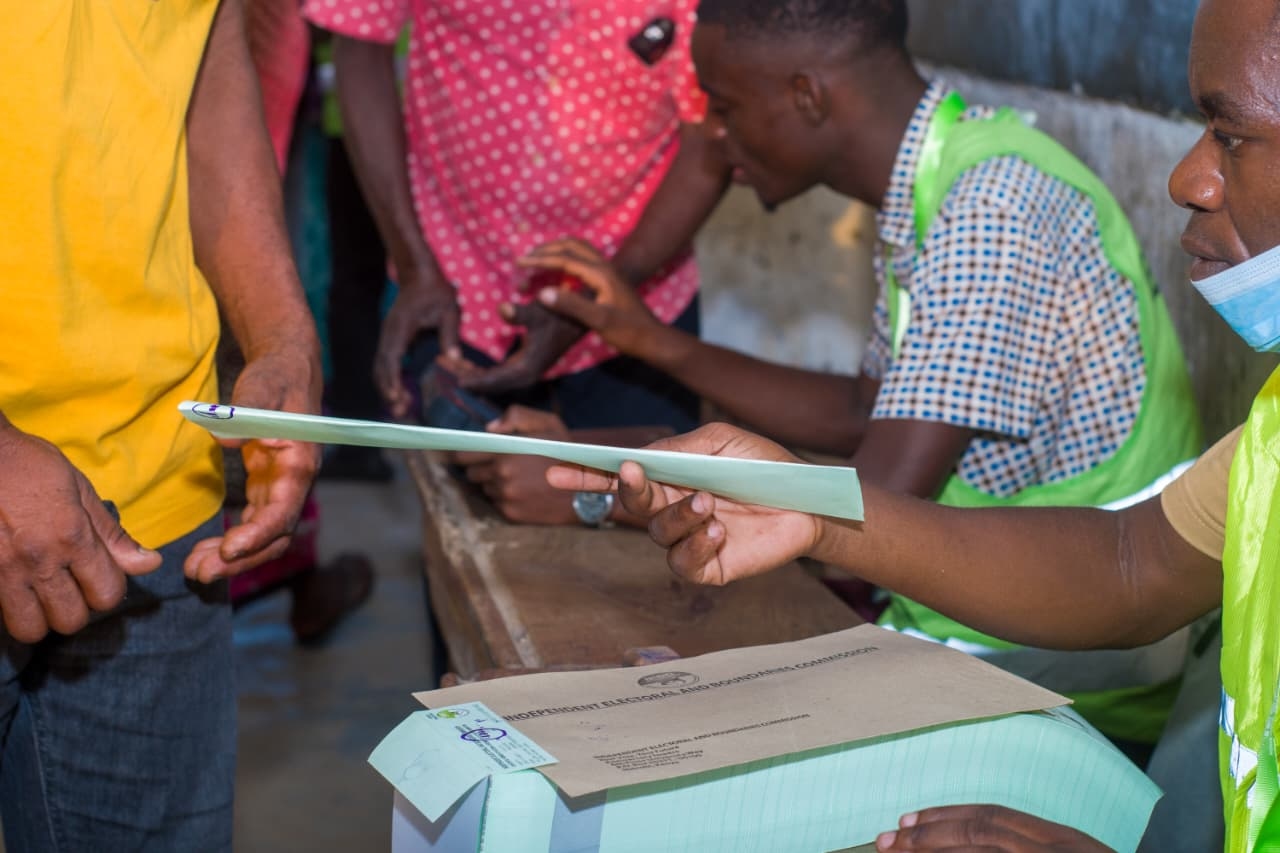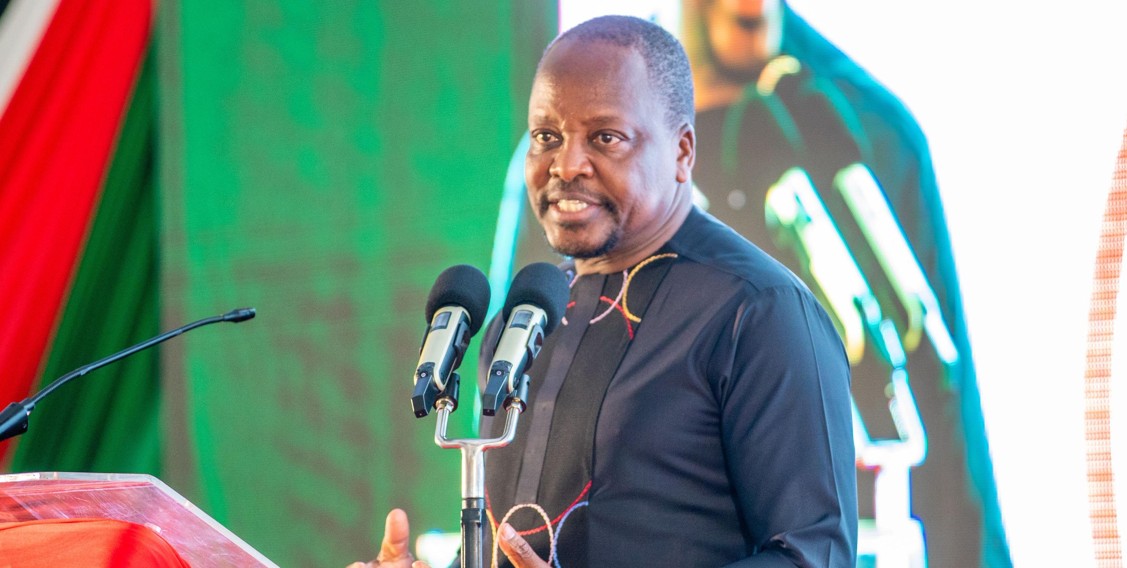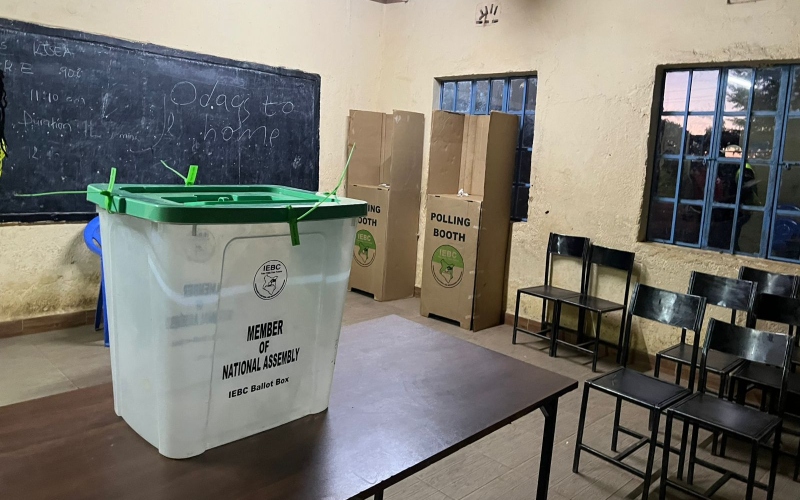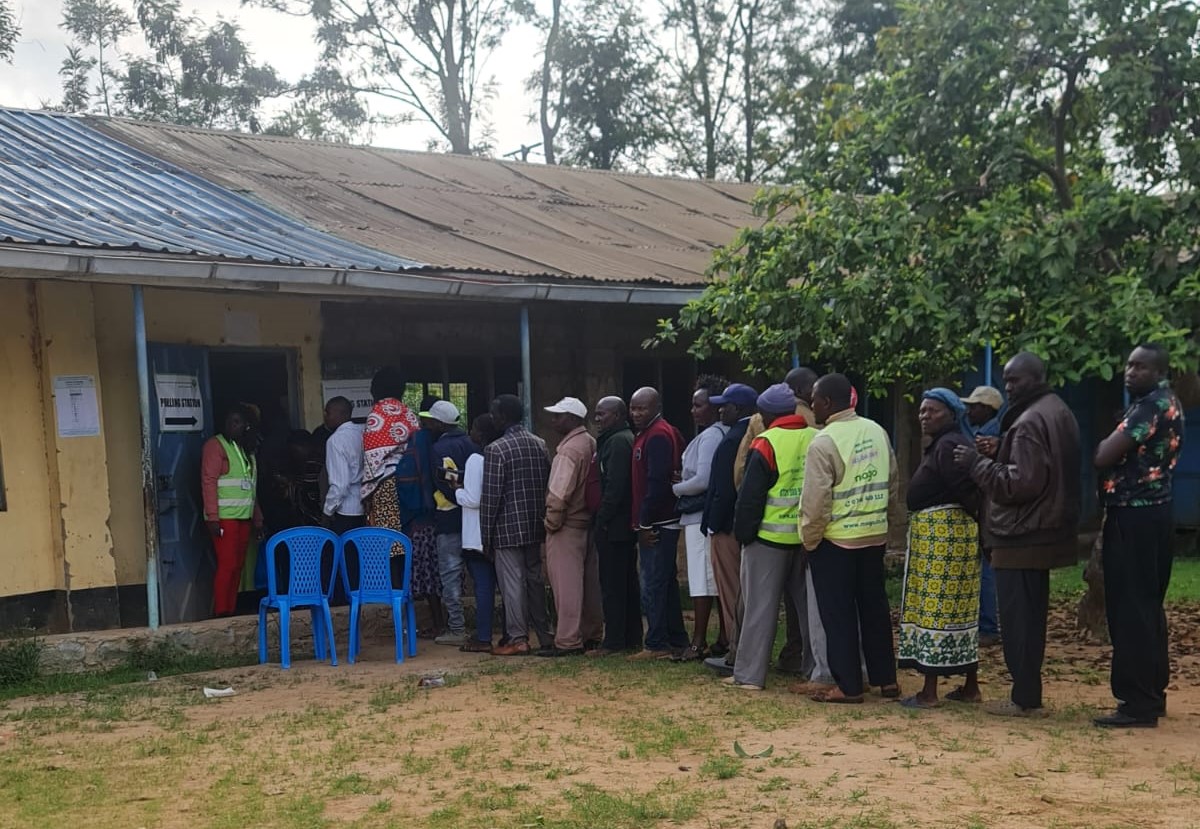South Korean scientists develop patch to regrow human teeth
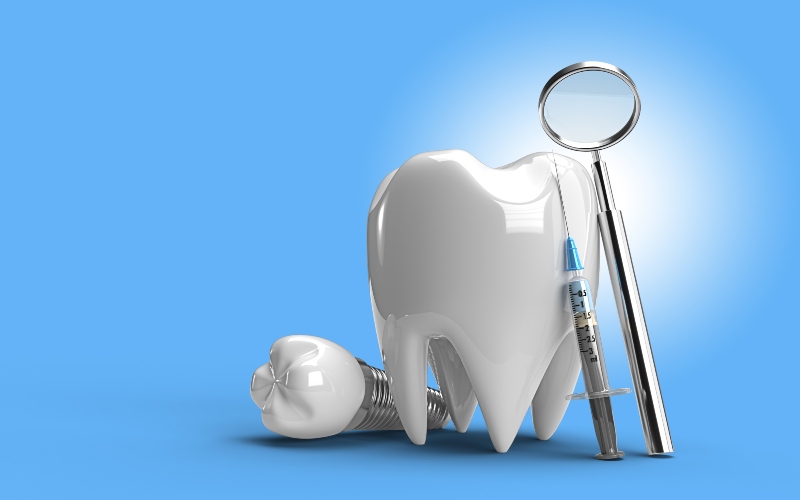
The technology, still in clinical development, may one day eliminate the need for artificial dentures, implants, and other long-standing dental replacements.
Researchers in South Korea have unveiled a tiny, bioactive patch that can trigger the natural regrowth of real human teeth.
The technology, still in clinical development, may one day eliminate the need for artificial dentures, implants, and other long-standing dental replacements.
More To Read
- Beyond Sugar: Common foods linked to baby tooth decay
- African health ministers adopt regional framework to fight oral diseases
- Dental problems and cavities during breastfeeding: How moms are affected
- Hidden threat in the pipes: Fluoride in Nairobi water endangers children’s health
- World Oral Health Day: Understanding fluorosis in Kenya
- Electric toothbrush or manual? Which one is the best?
Developed by a multidisciplinary team at the Korea Institute of Science and Technology (KIST) and Seoul National University, the patch contains a precisely engineered combination of growth factors and regenerative biomolecules.
When placed on a tooth socket or damaged tooth root, it stimulates dormant tooth-forming cells, which revive biological pathways active only in early childhood.
Lead researcher, Dr Han Ji-woo, described the device as “a micro-sized bioactive platform that awakens the body’s innate ability to produce a fully formed tooth”.
The patch dissolves after delivering its therapeutic ingredients, leaving no trace behind except the beginning of tooth regeneration.
From rodent trials to human potential
Early trials in animal models, including mice and ferrets, demonstrated the formation of tooth buds that developed into structurally complete teeth with enamel, dentin, and pulp.
The team reports that these regenerated teeth show similar hardness and responsiveness to natural human dentition.
The research has now progressed to pre-clinical safety evaluations in preparation for limited human trials planned for late 2025 or early 2026.
South Korea’s Ministry of Health has already designated the project as a “high-priority biomedical innovation,” offering fast-track support.
For centuries, the only solutions for missing teeth have been mechanical replacements, dentures, bridges, and, more recently, titanium implants. These methods are functional but not biological, often requiring maintenance and carrying risks of wear, infection, or bone loss.
“If this technology performs the same way in humans as it has in animals, dentistry will transition from replacement to regeneration,” said Dr Lee Min-hyuk, a regenerative medicine expert unaffiliated with the project.
Industry analysts estimate that the global dental prosthetics market, worth more than $30 billion (Sh4 trillion), could be reshaped within a decade if natural tooth regrowth becomes a clinical reality.
How the patch works
According to the research team, the patch uses a controlled-release membrane infused with proteins that activate odontogenesis (the process of tooth formation), stem-cell conditioning factors that guide cell differentiation and biodegradable nanofibers that supply structural scaffolding during early growth.
As the patch dissolves, the biological markers wake up dormant dental tissue, allowing a new tooth to begin forming, much like it would during childhood development.
While optimism is high, scientists emphasise that tooth regeneration is a complex process, influenced by genetics, age, oral health, and immune response.
Full teeth take months to form, and not all patients may respond in the same way.
Dentistry associations worldwide are observing the trials closely, expressing excitement but also caution until human results are available.
Top Stories Today


